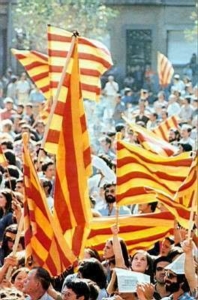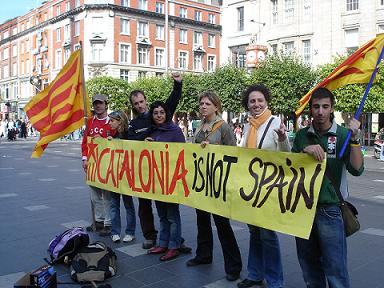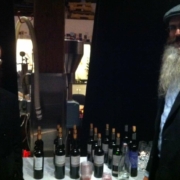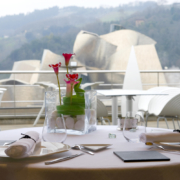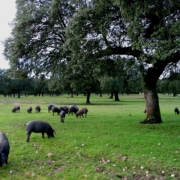La Diada
The red and yellow stripes of the Catalan flag drape windows, balconies, walls, make up flower bouquets and wave in the fabrics Catalans hold up in the street all day on La Diada, or Catalonia’s national holiday. Celebrated on September 11, the day of Catalonia’s defeat under Spanish armies in 1714, La Diada brings attention to both the defeats and the optimistic future of Catalonia.
Although it may be odd to some to celebrate one’s heritage on a day of defeat, Catalans do not think so. This is because the La Diada comes on the anniversary of a courageous battle in which many Catalans did everything they could to protect the sovereignty of their nation and culture.
After Barcelona had been beseiged for 413 days by troops loyal to Spanish King Felipe V on September 10, 1714, the 5,000 courageous soldiers trapped within its city walls would soon be outnumbered by 40,000 troops of the opposition. But under Catalonia’s head general, Rafael Casanova, they refused to surrender.
Felipe had suppressed the laws, language and culture of other areas in Spain before and Catalans did not want to see that happen to their own nation. But Barcelona did fall to him on September 11, and he tried to suppress them as much as he had other nations. Years later in the 1900s, Spanish dictator Franco would also try his hand at suppressing their culture, making it illegal to speak Catalan or even perform simple cultural activities like their national dance, the sardana. Through it all, however, one can see that Catalans still speak their own language, dance the sardana and wave their own flag.
Alhough La Diada can also be a day–especially in Barcelona–for proud Catalans to protest the powers of the Spanish government again, the day is mostly celebrated simply as a lovely summer holiday weekend in which neighbors celebrate their heritage together.
We at Gourmand Breaks can offer you the opportunity to learn more about Catalonia, its history and people on our Food, Wine and Cultural Tours of the area.

